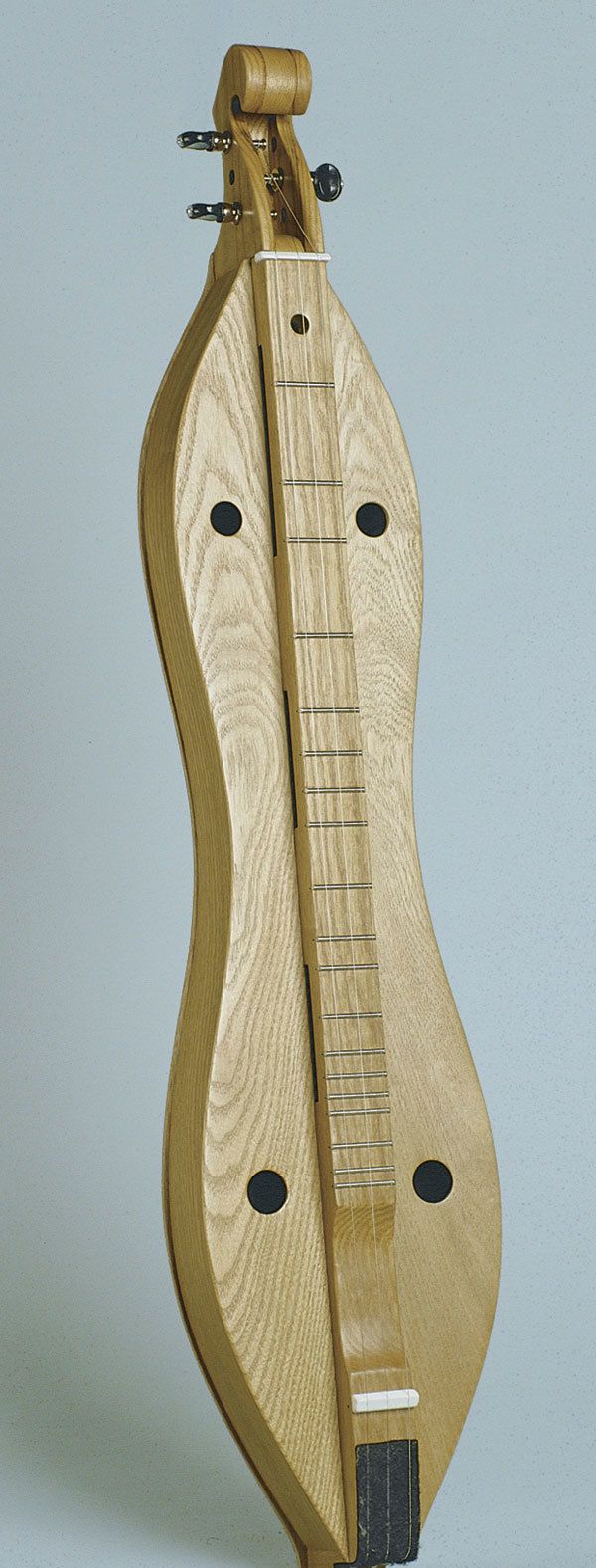A Short History of Musical Instruments and Stands

The heading of musical instruments is probably more appropriate to a description of various crafts than of a particular class of furniture, but as many cased instruments have constituted prominent presences in the home they cannot be ignored as a furniture type.
While instruments such as oboes, flutes, and violins might be masterpieces of woodworking, they are hardly pieces of furniture, but instruments such as the clavichord, the harpsichord, and the piano depend as much on their cases as their inner workings to function well as musical instruments. Of course, the musical demands of the instrument dictate very largely the form and construction of the case, but the end result is often something designed and made according to the same stylistic dictates that govern other pieces of furniture.
Surface decoration is frequently an important clue to a piece’s age or period. This is clearly demonstrated by the type of inlay, as well as the colors and patterns employed, on early clavichords and virginals.
Instruments such as spinets and harpsichords are invariably provided with stands or legs, and these too reflect the period in which they were made, as, for example, the turned legs of instruments made in the Jacobean period.
Later instruments dating from the 18th century display the same kind of cabriole legs and ball-and-claw feet that characterize other legged furniture such as tables and chairs. Victorian (19th century) pianos and organs can be found in virtually all the so-called revivalist styles that characterized that century.
From the point of view of construction, the all-important concern with wood movement — how to accommodate and minimize it — is of double importance to the instrumentmaker since it can affect not only the structural integrity of the piece but also its resonant musical character, which is, of course, the prime reason for having made the piece in the first place. In turn, the furniture maker can often learn much from the techniques employed by the instrument maker.
Music Stands
Any inclined surface that can be used for supporting music may be thought of a music stand, although generally this function is divided between two types of furniture: a music stand proper and a music desk.
The music stand, as the name suggests, consists of a support for the music raised upon a free-standing column or tripod, which, in addition to being movable may also be adjustable with regard to its height and the angle at which it may be tilted.
A music desk generally implies a similar, tiltable support for the music, but rather than being raised on a stand, instead forms part of a table. Inasmuch as the term “desk” originally implied a sloping-topped table for reading or writing, the slight adjustment necessary to turn a desk into a music desk, perhaps merely by enlarging the size of the support for the manuscript, was a relatively simple matter.
Graham Blackburn is a furniture maker, author, and illustrator, and publisher of Blackburn Books (www.blackburnbooks.com) in Bearsville, N.Y.
Fine Woodworking Recommended Products

Suizan Japanese Pull Saw






















Log in or create an account to post a comment.
Sign up Log in